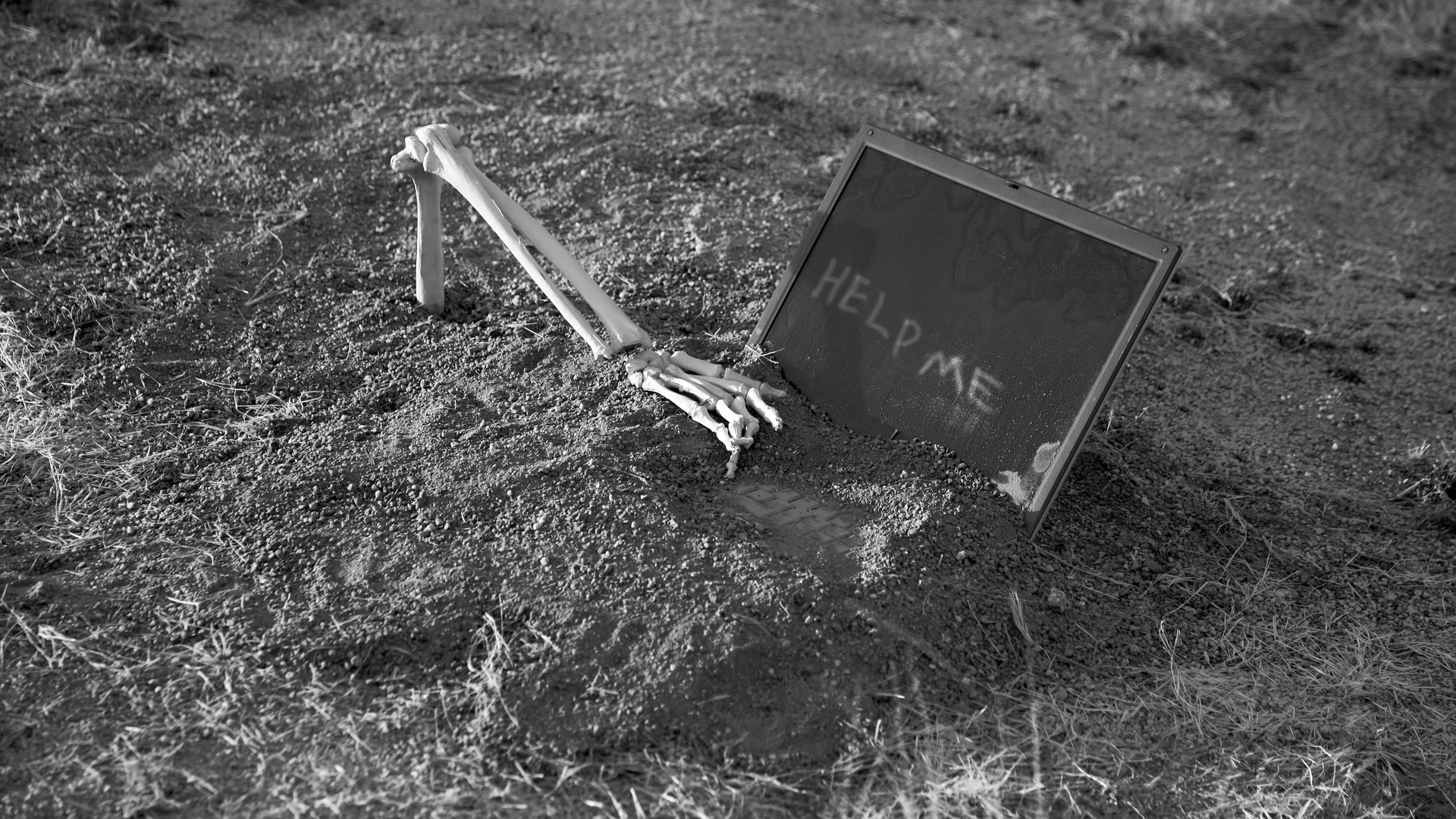These are all the Windows 10 features Microsoft is going to kill off
Goodbye People app

While Microsoft is constantly adding new features to Windows 10 via updates like the Windows 10 November 2019 Update, it’s also pretty brutal when it comes to killing off any features it thinks aren’t being used – and its updated list of endangered Windows 10 features gives us a glimpse of what could be getting the chop.
Perhaps the most noticeable feature that’s no longer being developed is the My People app (also known as simple ‘People’). This app can be found on the right-hand side of the Taskbar, with its icon of two people a pretty common sight for most people – even if you never clicked on it.
- We show you how to use Windows 10
- How to activate Windows 10
- Want to keep hold of these features? Here's how to stop a Windows 10 update
The People app is essentially a list of all your contacts from various accounts, and allows you to search contacts then contact them either through email, or via your phone or Skype.
That might sound quite handy, but it seems like hardly anyone has been using it – which has led Microsoft to announce on its Windows 10 depreciated features webpage that “My People is no longer being developed. It may be removed in a future update.”
Microsoft usually ceases development on apps and features it feels not enough people are using to justify the time its developers take on working on the app. As Microsoft has noted, the People app could be removed in a later version – the app is still available in the latest version of Windows 10 – the recently released November 2019 Update.
The use of “may be removed” might give the few users who rely on the People app hope that the Microsoft could change its mind, but it’s unlikely unless there’s a sudden influx of people using the app. While Microsoft has changed its mind about depreciating apps in the past, such as Paint, that was a bit of a special case. Paint is an iconic part of Windows with a cult following, and when Microsoft announced it was killing it off, there was a passionate response from Windows 10 users.
Sadly, the People app doesn’t have that kind of popularity. It’s very likely that its days are now numbered.
Sign up for breaking news, reviews, opinion, top tech deals, and more.
What else is getting culled?
Microsoft’s hit list for unpopular apps and features is pretty long, hinting that Microsoft is getting ruthless. There are likely many apps and features you’ve never heard of (which is really why they are on this list in the first place), but there are a few more notable features getting the death sentence.
Windows To Go, which allowed Windows 10 Enterprise and Windows 10 Education users to create a bootable Windows To Go workspace from an external hard drive (similar to Linux live discs) has been culled, mainly due to it needing a specific type of USB that’s no longer popular.
The Print 3D app is also being killed off, with the 3D Builder app the recommended program for 3D printing in Windows 10.
OneSync, which synchronizes data for Mail, Calendar and People (RIP) apps is now also being removed, with the same functionality found in the Outlook app.
The Snipping Tool, which is used to take screenshots, is now no longer being developed. The writing was on the wall with this one for a while now, with Microsoft including the Snip & Sketch tool, which essentially does the same thing.
For a while, both the Snipping Tool and Snip & Sketch tool were included with Windows 10 (with a message in the Snipping Tool suggesting people use the Snip & Sketch tool instead), but now it seems like Microsoft will be dropping the Snipping Tool altogether.
While each of these apps and features (and the others we don’t have space to list here) will have fans who will be sad that they are being cut, in many cases Microsoft is dropping them either because no one used them, or because the functionality is included in another app.
Trimming Windows 10 and cutting out unused features and apps is a good move, in the end, as it keeps the operating system from getting too bloated.
- These are the best laptops of 2019
Via PCWorld

Matt is TechRadar's Managing Editor for Core Tech, looking after computing and mobile technology. Having written for a number of publications such as PC Plus, PC Format, T3 and Linux Format, there's no aspect of technology that Matt isn't passionate about, especially computing and PC gaming. He’s personally reviewed and used most of the laptops in our best laptops guide - and since joining TechRadar in 2014, he's reviewed over 250 laptops and computing accessories personally.